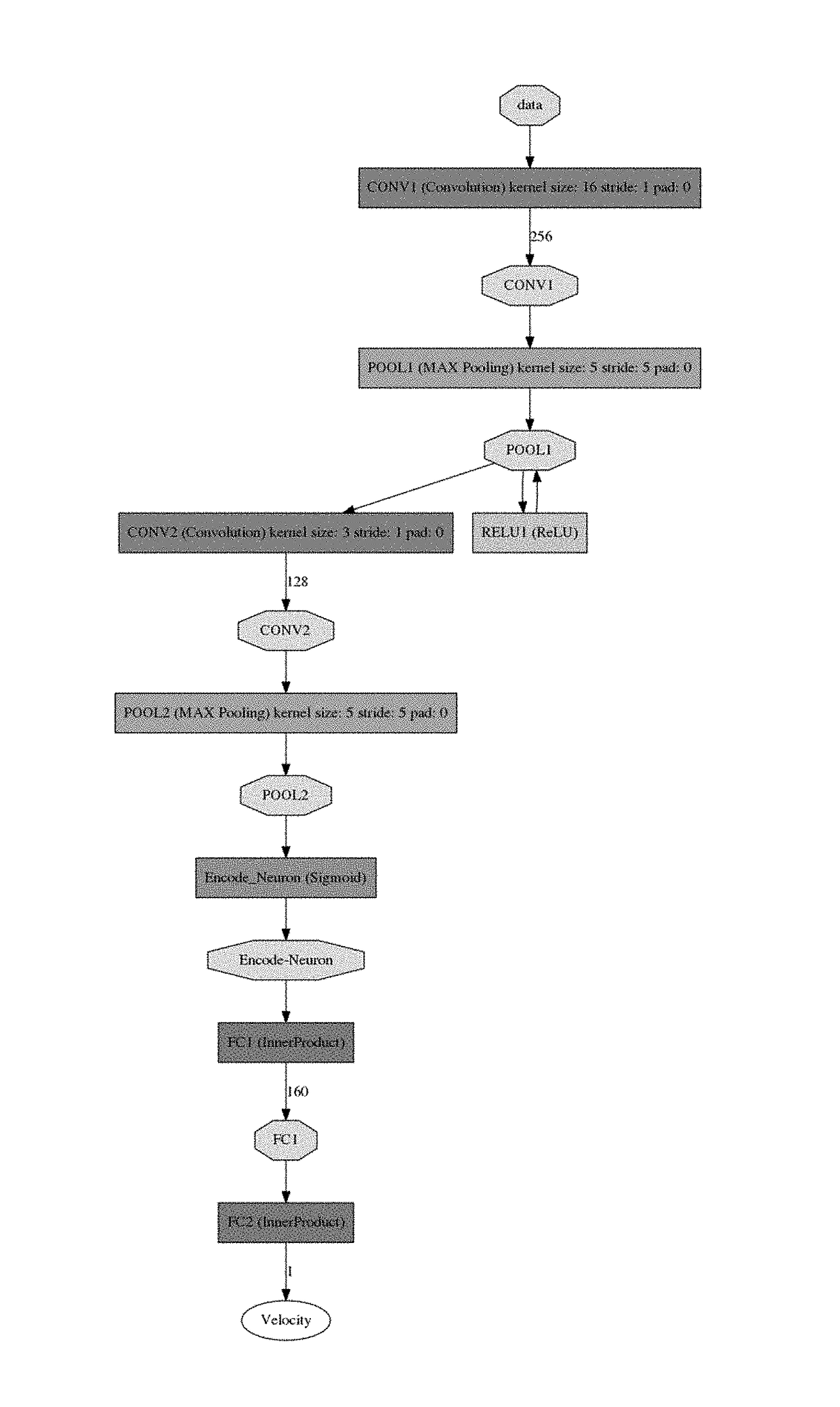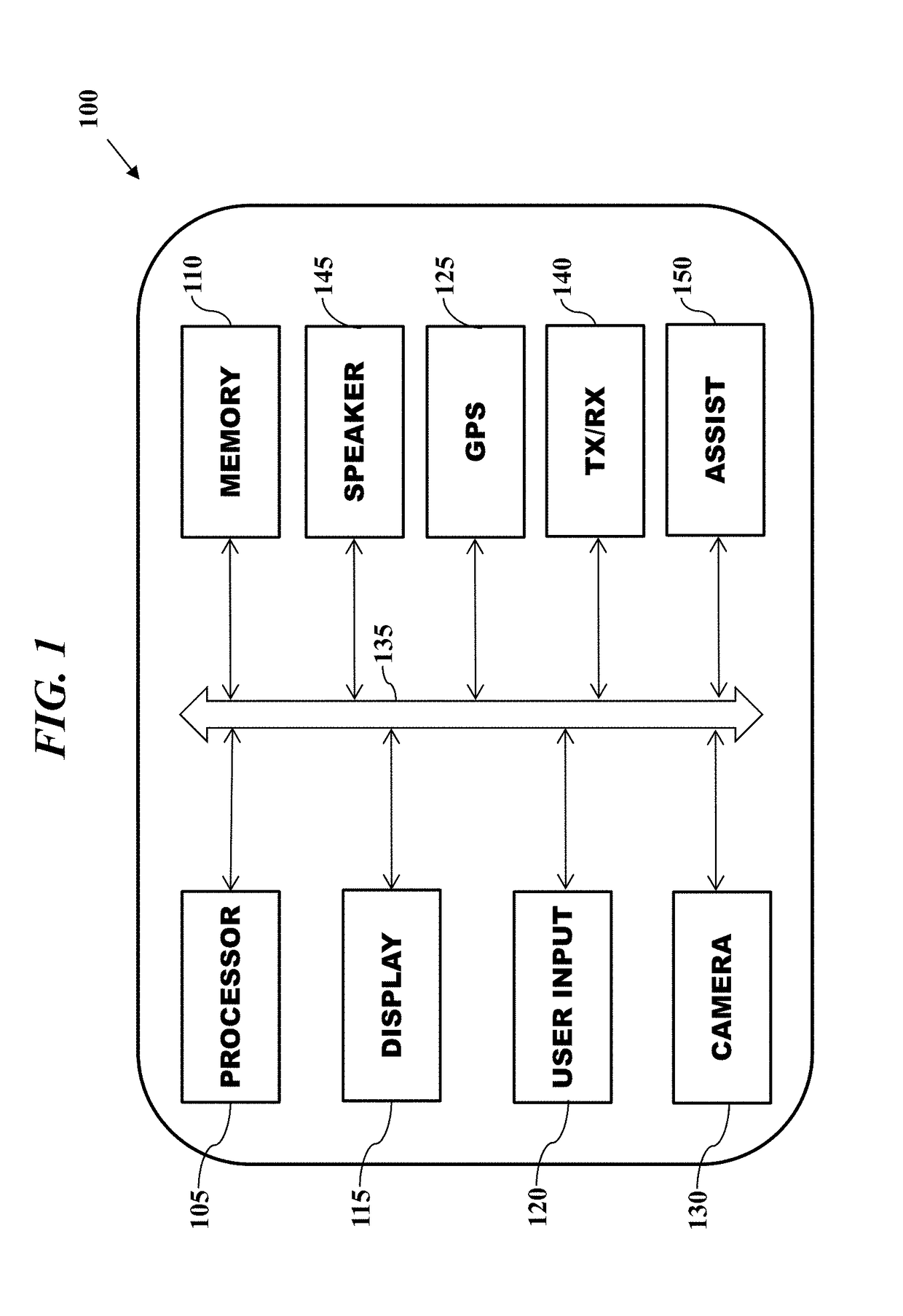System and Method for Estimating Vehicular Motion Based on Monocular Video Data
a monocular video and vehicle motion technology, applied in the field of systems, can solve the problems of inability to implement such costly and sophisticated hardware inside the vehicle, the inability to analyze and process abundance, and the inability to meet the requirements of the abundance analysis and processing process
- Summary
- Abstract
- Description
- Claims
- Application Information
AI Technical Summary
Benefits of technology
Problems solved by technology
Method used
Image
Examples
Embodiment Construction
[0012]One aspect of the invention is to provide a system and method that capitalizes on improved modeling techniques to estimate vehicular movement, such as velocity, using real-time images captured by a single camera. In certain embodiments, the real-time camera captured images are analyzed by a convolutional neural network, which was pre-trained in accordance with the techniques described herein. To estimate vehicular movement, the invention is configured to recognize similar synchrony features in the captured images and, in accordance with such recognized features, to then encode the motion. The encoded motion features are then used to estimate vehicle movement, such as vehicle ego-motion / speed.
[0013]Another aspect of the invention is to output a parameter, corresponding to the estimated vehicle movement, to the driver or to a driver assistance system for use in controlling the vehicle. For example, a system may be particularly advantageous as a component of an autonomous driving...
PUM
 Login to View More
Login to View More Abstract
Description
Claims
Application Information
 Login to View More
Login to View More - R&D
- Intellectual Property
- Life Sciences
- Materials
- Tech Scout
- Unparalleled Data Quality
- Higher Quality Content
- 60% Fewer Hallucinations
Browse by: Latest US Patents, China's latest patents, Technical Efficacy Thesaurus, Application Domain, Technology Topic, Popular Technical Reports.
© 2025 PatSnap. All rights reserved.Legal|Privacy policy|Modern Slavery Act Transparency Statement|Sitemap|About US| Contact US: help@patsnap.com



